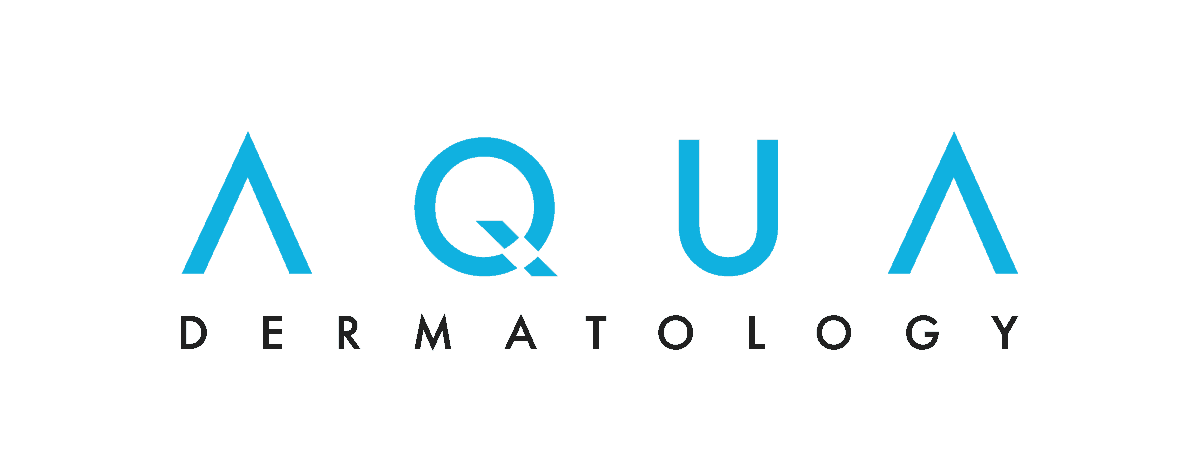 If you’ve ever had cystic acne, you know how painful and how persistent it can be. This aggressive form of inflammatory acne is no minor annoyance. It’s also not something you can treat effectively with an acne product you grab off the shelves.
If you’ve ever had cystic acne, you know how painful and how persistent it can be. This aggressive form of inflammatory acne is no minor annoyance. It’s also not something you can treat effectively with an acne product you grab off the shelves.
The pus-filled nodules that characterize cystic acne, which form when bacteria, oil and dead skin cells get trapped in the pores, extend well beneath the skin’s surface. Over-the-counter topical treatments can’t penetrate deep enough to reach them, according to Jenna Steffel, a board-certified advanced practice registered nurse with Water’s Edge Dermatology. “You have to treat it from within,” said Steffel.
What’s more, cystic acne can leave permanent scars — another reason to treat it early and aggressively. Prescription medication is often necessary.
Antibiotics
A low-dose oral antibiotic, typically doxycycline, is often Steffel’s first line of defense. “It targets inflammation, not infection,” she explained. At the low strength, “it’s very safe for anyone over the age of 12 who has all their teeth, and patients can stay on it for years if necessary.”
If the provider sees clinical signs of infection — for example, the cyst is red and painful to the touch — he or she might prescribe a seven-to-14-day course of higher-strength doxycycline to treat the infection, then taper down to the lower, inflammation-fighting dose.
Prescription topicals
For cystic acne patients taking an antibiotic, Steffel typically also prescribes a topical treatment to help clear the acne. Topical treatments include:
- Aczone 5% gel — an antibiotic that treats bacteria and inflammation
- MetroGel 75 (metronidazole) — an antibiotic that treats bacteria and inflammation (also commonly prescribed for rosacea)
- Azelaic acid 15% — a naturally occurring acid that fights bacteria and inflammation and slows the production of keratin, a substance that can make dead skin cells stick together, clogging pores. Azelaic acid also can help decrease post-inflammatory hyperpigmentation (dark spots caused by acne). It comes in a lower-strength over-the-counter version.
Exfoliating face washes
While oral antibiotics are doing their work, Steffel recommends using an exfoliating cleanser containing glycolic acid or sulfur to remove dead cells from the surface of the skin before they can contribute to clogged pores. One glycolic acid cleanser she likes is wederm Exfoliating Gentle Cleanser. “It’s a good option as it won’t dry out skin,” said Steffel.
Use an exfoliating cleanser both in the morning and at night. Steffel notes that a sulfur wash is perfect for use in the shower.
Avoid products containing salicylic acid, Steffel advised. “They are really irritating and drying and can cause more breakouts.”
Hormonal treatments
Hormone imbalances can trigger cystic acne in both men and women, according to Steffel. In men, the imbalances are typically caused by the use of testosterone or steroids.
In women, an excess of androgens (sometimes called “male hormones,” though everyone has them) can cause the glands in the hair follicles on the skin to produce more oil, which can clog pores. Women typically experience hormonal acne on the lower face, including the jawline. A medication called spironolactone works to control levels of androgens. Because it may cause birth defects, it’s not for women who are pregnant or trying to get pregnant.
For some women, especially those with irregular or heavy periods, oral contraceptives may help with cystic acne.
Isotretinoin
For severe cystic acne, a skincare provider might turn to isotretinoin, a derivative of vitamin A best known as Accutane, though that brand is no longer available. “It actually kills the oil gland and is the closest thing to a cure for cystic acne,” said Steffel.
It’s usually used after other treatments fail, said Steffel, “but if scarring exists at the first visit, we start the Accutane discussion.” Because isotretinoin can cause birth defects, it can’t be used by pregnant women or women planning to become pregnant. For others, the drug is safe and highly effective, says Steffel.
Doctors who prescribe isotretinoin and patients who take it must participate in a risk management program called iPLEDGE that requires use of two forms of birth control and monthly pregnancy tests.
Other potential side effects of isotretinoin include joint pain, which can be relieved with OTC pain medication, and dryness of the skin and lips. Steffen recommends Aquaphor for chapped lips. For parched skin, she favors products containing pure hyaluronic acid, such as wederm Pure Hydration — Hyaluronic Acid Serum.
Isotretinoin usually delivers results in four to six months.
Steroid injections
For especially large, single cysts, a skin-care provider can inject a small amount of a corticosteroid called Kenalog to shrink the cyst and relieve inflammation.
Home remedies
There’s little you can do to treat cystic acne on your own. Pressing an ice cube to a cyst may temporarily ease the discomfort, but it won’t fix the problem. If you’re tempted to reach for over-the-counter hydrocortisone, don’t. “It can cause discoloration in your face and won’t penetrate deep enough to have effects,” said Steffel.
Though you can’t effectively treat cystic acne by yourself, you can take steps to help prevent future outbreaks.
- Cut carbs. “Carbs turn into glucose in your body, which contributes to inflammation,” said Steffel. The first carbs to cut are refined carbs, found in white bread, white rice, most baked goods and many breakfast cereals. Steffel recommends keeping total carbs under 50 grams per day.
- Get physical. Regular exercise helps by decreasing stress. Stress increases levels of cortisol, which increases inflammation. Steffel recommends using a glycolic or sulfur wash as soon as possible after workouts to wash away sweat.
- Get enough sleep. Sleeping too little puts stress on the body, which raises cortisol levels — and inflammation.
Cystic acne presents a tough challenge, but with professional help, it can be overcome. “Eventually, with the right treatment prescribed by your dermatologist, we can get you clear, or almost clear, within four to six months,” said Steffel.
Article Written By: Maura Rhodes, a New Jersey-based writer and editor specializing in health and well-being
Medical Review By: Jenna Steffel, APRN





